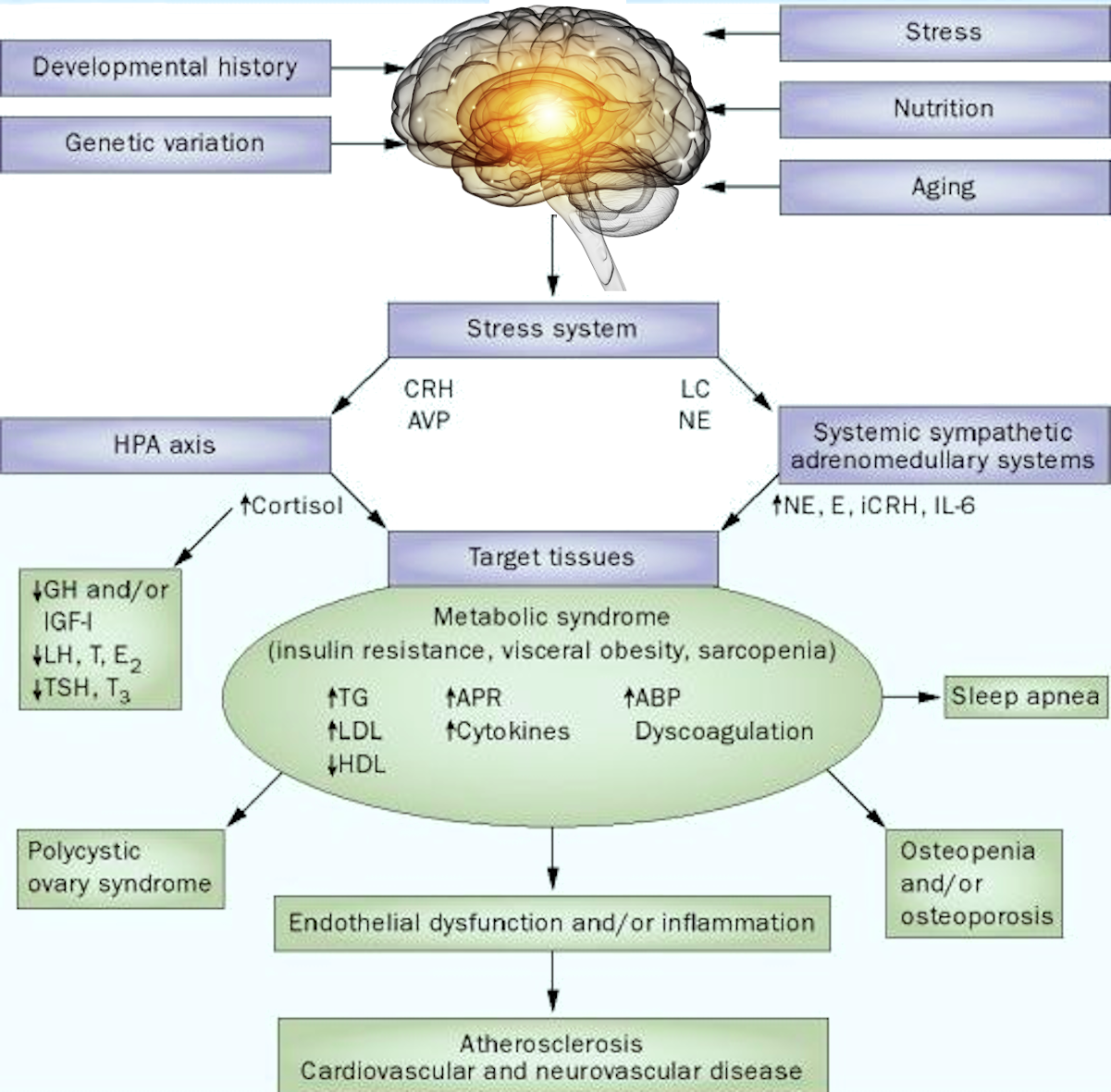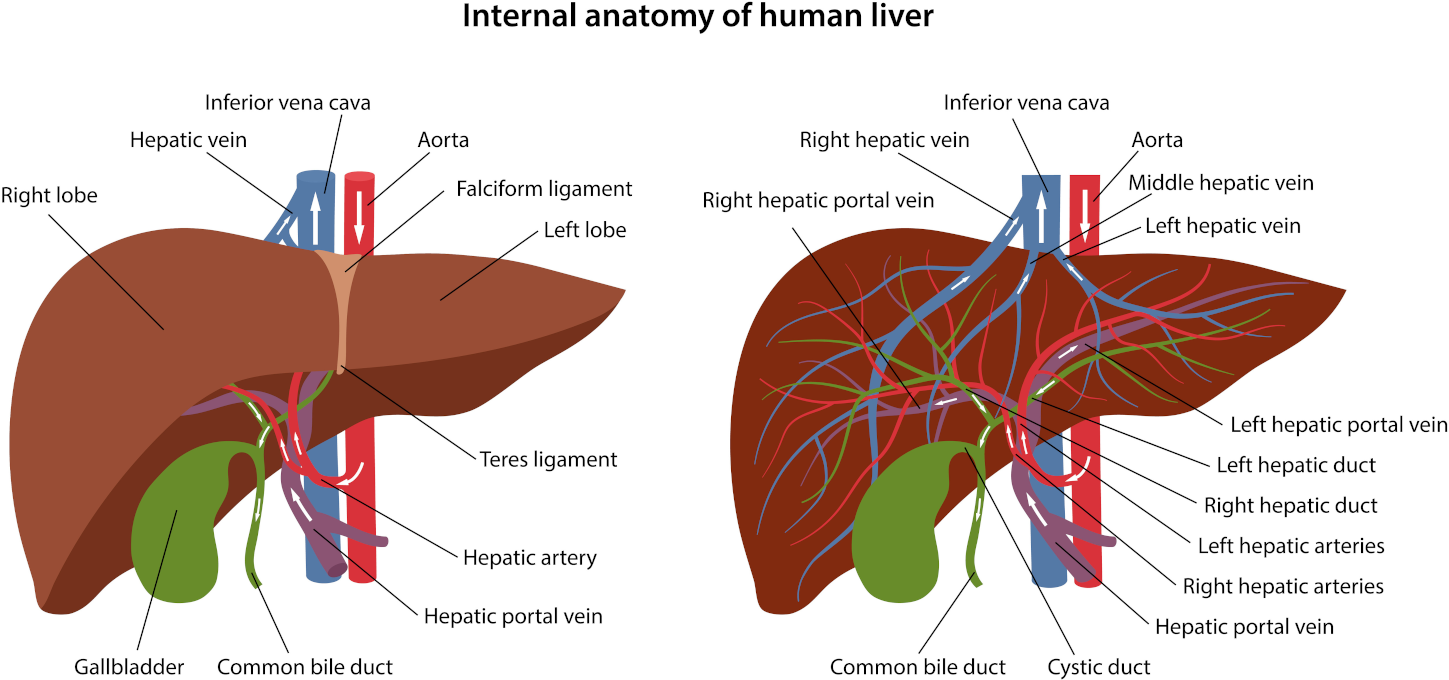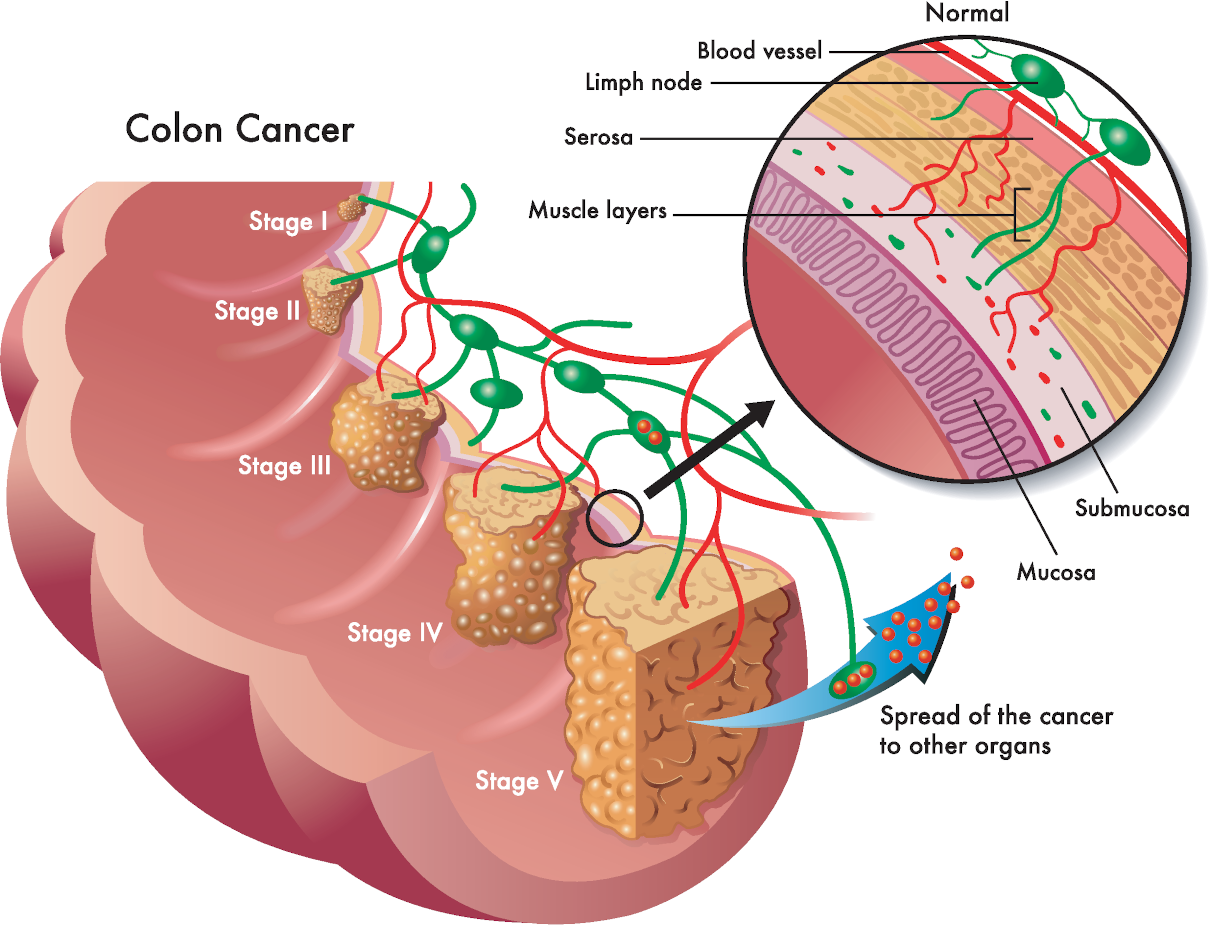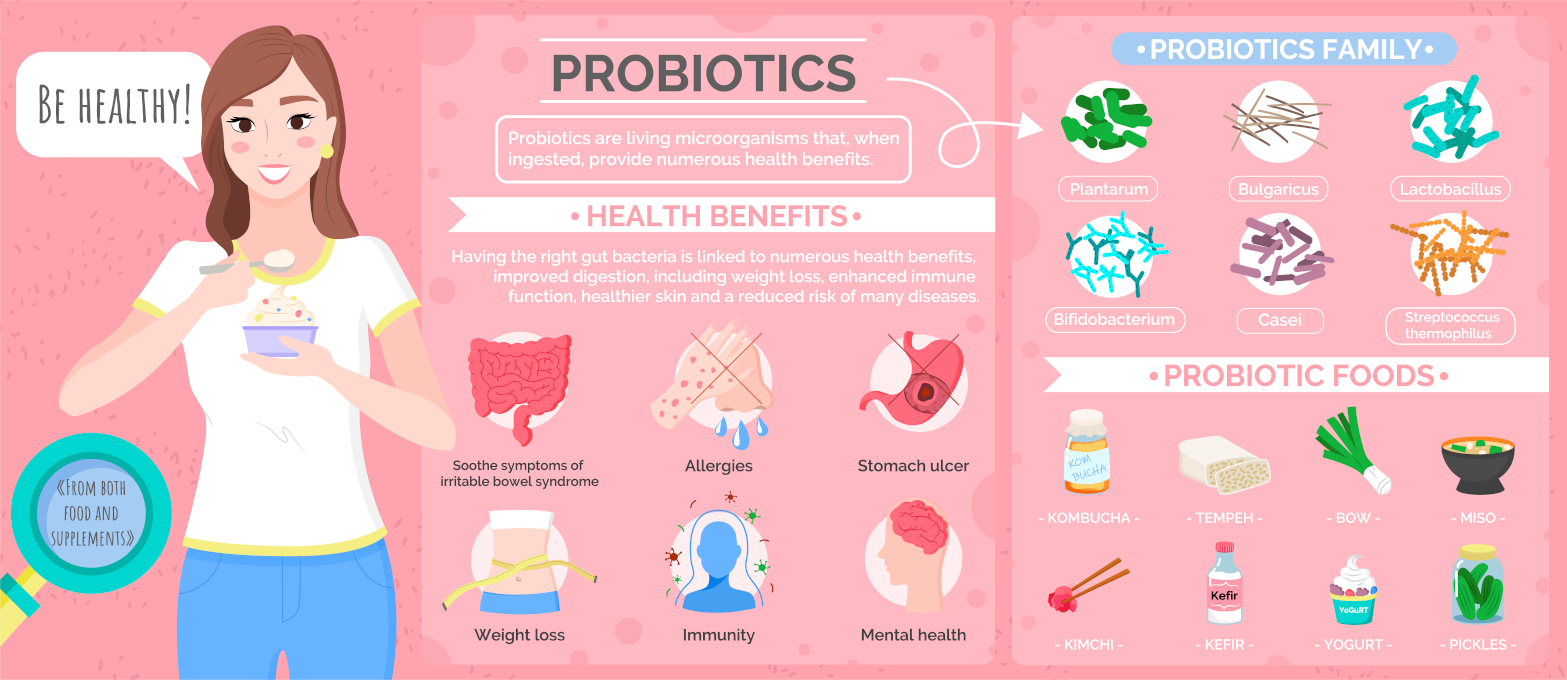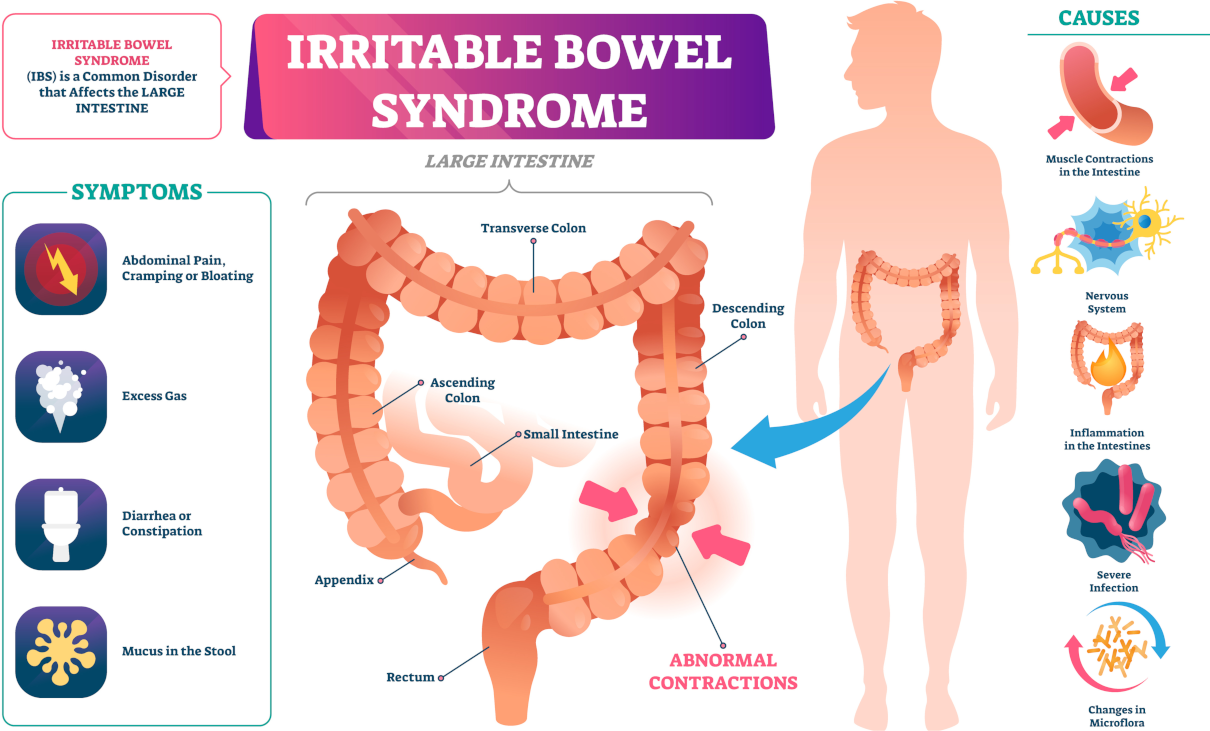
One of today’s most popular and frequently used skin renewal and rejuvenation procedures is chemical peeling. We also consider it to eliminate defects and deep wrinkles without surgical intervention. Such peeling is a radical approach. So, it should be done in a specially equipped cosmetologist’s office, and only if there are serious indications.
In cosmetology, there are three types of peeling. The difference is in the degree of effect on the skin.
The light or superficial chemical peel destroys several layers of keratinised, dead skin cells. However, it is the gentlest type of chemical peeling. Besides, the absence of side effects after the procedure allows you to continue your usual way of life.

Chemical peel for hands, underarms, knees etc
Chemical peels for hands, underarms, and knees are effective treatments for reducing the appearance of the sun, age, pregnancy, and acne-related hyperpigmentation. This method gently removes the outer layer of the skin, which then rebuilds itself anew. The treatment lasts thirty minutes.
Specific problems
The median chemical peel destroys the utterly horny layer of the skin down to the basement membrane. But, within seven days after the procedure, you need home treatment. It is due to flushing of the face and skin peeling with fine to large flakes. The effect persists for a long time. The most common type of peeling is Jessner’s peeling.
Chemical peeling: indications and contraindications
The most complex and deep chemical peeling involves exfoliating the epidermis with action on the basement membrane. It is a chemical burn of the skin that results in subsequent regeneration.
The long-term effect lasts for several years, but the procedure can be done only once. The rehabilitation period is approximately five months.
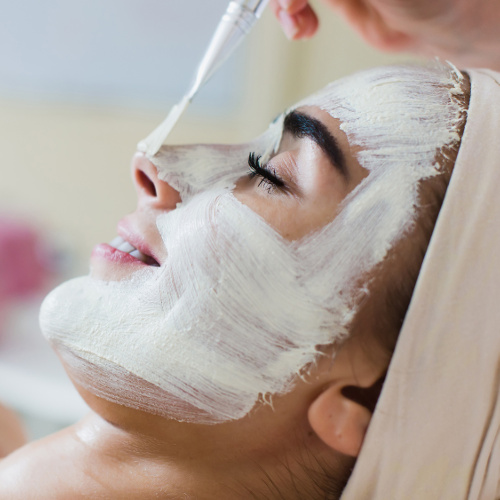
Neostrata Chemical peel for face, neck or decolletage
The procedure is helpful in skin rejuvenation and brightening, reducing superficial acne scarring, mainly white and blackheads, to improve fine lines, wrinkles, and skin clarity.
Cleansing of the skin
A doctor cosmodermatologist uses concentrated acids to renew and cleanse the skin. However, selecting ingredients depends on the patient’s age, skin condition, and existing problems.
Sometimes, we perform chemical peeling before plastic surgery. It is also a preparation method for deep dermabrasion, a skin polishing technique.



